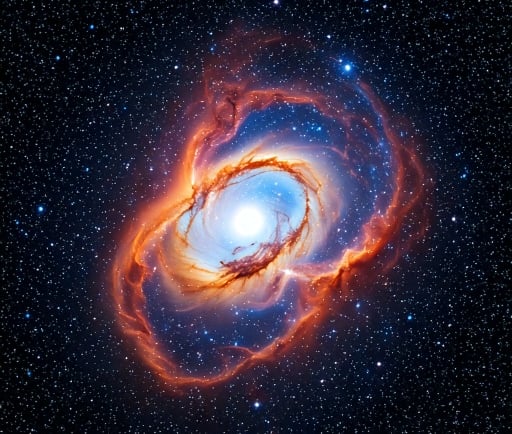The Lagoon Nebula: A Stellar Beacon of Light


Introduction to the Lagoon Nebula
The Lagoon Nebula, also known as Messier 8, is one of the most captivating deep-sky objects visible from Earth. Located approximately 5,000 light-years away in the constellation Sagittarius, this stunning nebula serves as both a stellar nursery and an astronomical jewel. With its stunning colors and luminous features, it has long been a favorite among astronomers and astrophotographers alike.
Ionizing Ultraviolet Radiation of Young Stars
At the heart of the Lagoon Nebula, young stars emit powerful ionizing ultraviolet radiation that breathes life into the surrounding gas and dust. As these newly formed stars shine brightly, their radiation interacts with the surrounding material, causing it to glow with an ethereal light. This process not only illuminates the nebula but also plays a crucial role in the formation of new stars, making the Lagoon Nebula a key area of interest in the study of stellar evolution.
The Significance of Messier 8 in Astronomy
The Lagoon Nebula holds a prominent place in astronomical research. As one of the brightest emission nebulae in the sky, Messier 8 provides valuable insights into the birth and development of stars. The interplay of ionizing ultraviolet radiation and the dense, cold regions of gas and dust allows scientists to observe the processes underlying star formation in real time. Additionally, the presence of protostars and stellar clusters within the nebula offers opportunities to study the complexities of stellar evolution.
In conclusion, the Lagoon Nebula stands as a remarkable example of cosmic beauty and scientific importance. Through its ionizing ultraviolet radiation emitted by young stars, it serves as a luminous beacon that not only enchants viewers but also fuels ongoing astronomical research. Understanding the dynamics of Messier 8 enriches our knowledge of the universe and highlights the endless wonders of celestial phenomena.
